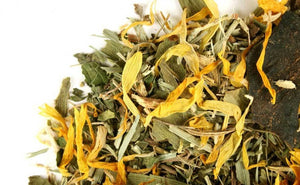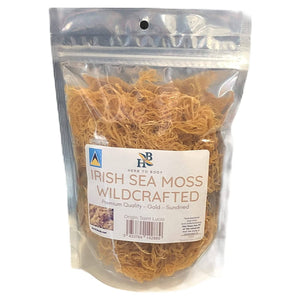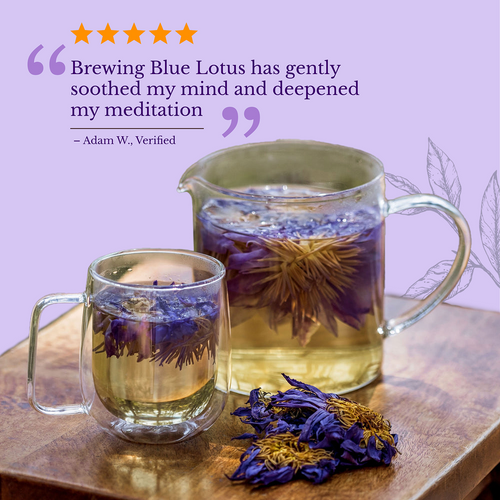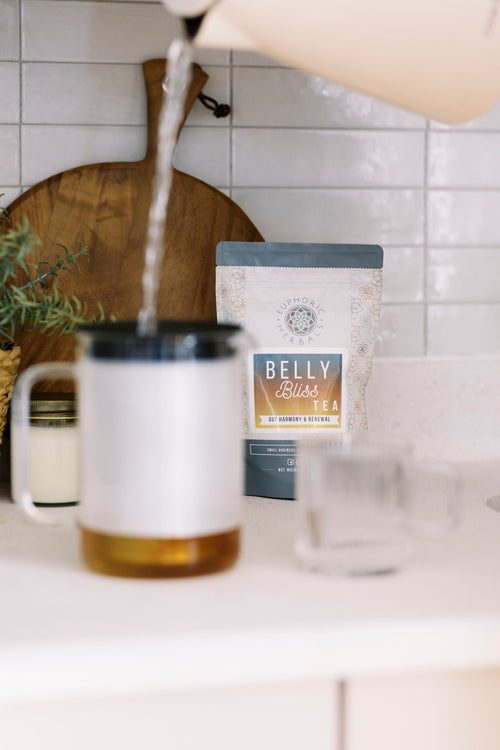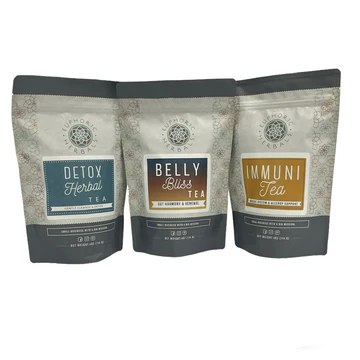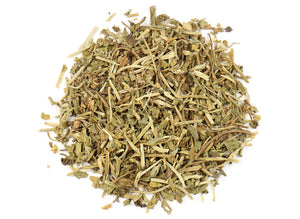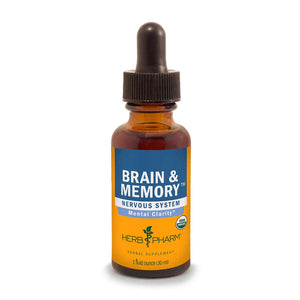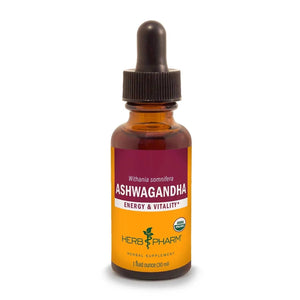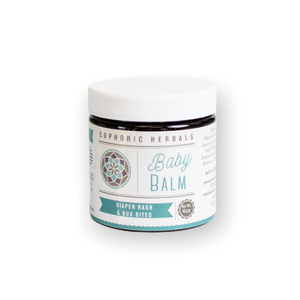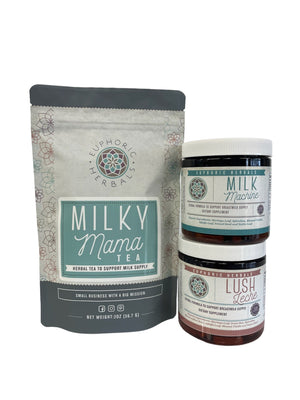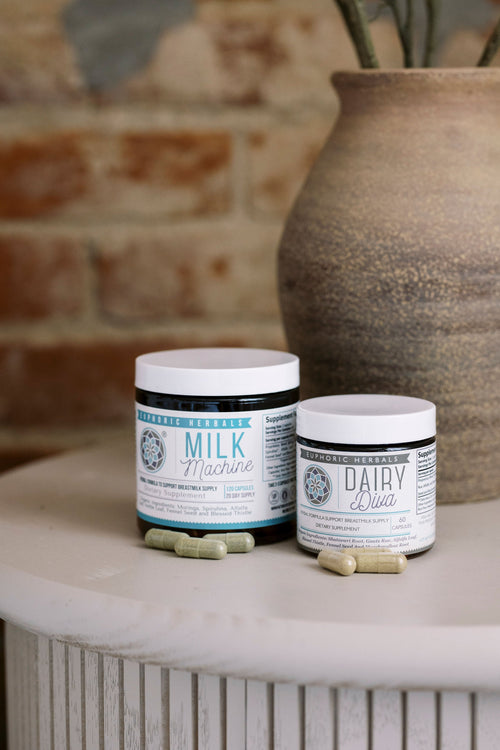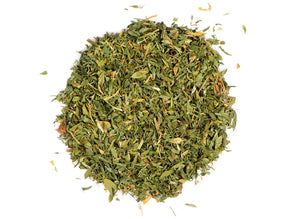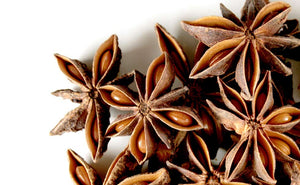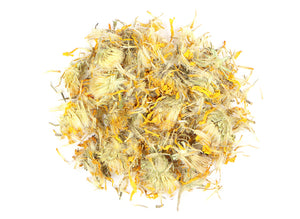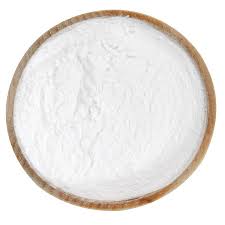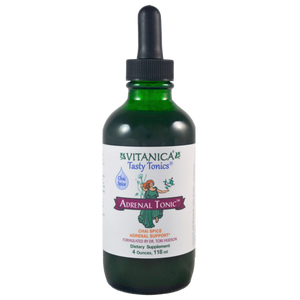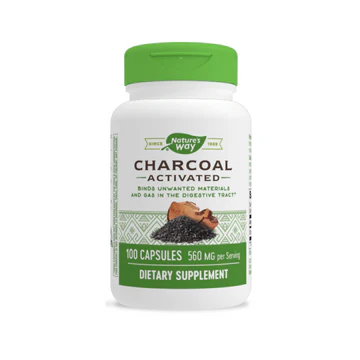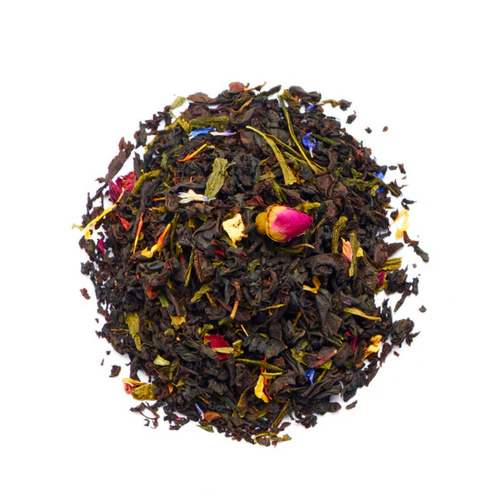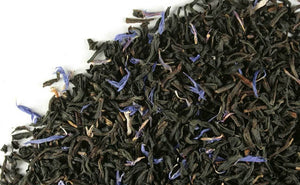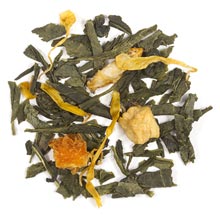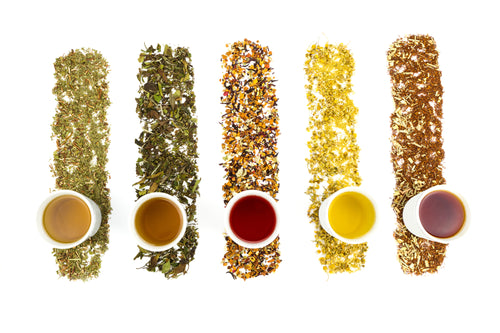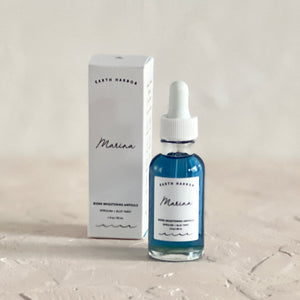Calendula is a beautiful and happy flower with bright yellow or orange petals that also packs in some serious health benefits.
This cheerful garden flower is one of the earliest to be cultivated and has been valued for thousands of years as a medicinal plant. (1) It's also frequently used in natural beauty and skincare products.
Here's more about what calendula is and why you'd want to use it for its skin and health benefits.
What Is Calendula?
Calendula (Calendula officinalis) is an orange-yellow flowering plant in the daisy family. Native to the Mediterranean and parts of Asia and Europe, calendula is widely grown around the world.
It's an easy herb to grow in a backyard garden and will flower all the way from early spring to the end of fall.
Calendula is a type of marigold and is sometimes referred to as "Pot Marigold." The flowers are edible and have been used for centuries as food, medicine, and in natural cosmetic preparations.
The many benefits of calendula come from the nutrients and compounds packed into the flowers.
They contain high levels of carotenoids and flavonoids, which are both antioxidants. Other important nutrients include lutein, beta-carotene, and several fatty acids. (2)
Many of calendula's medicinal volatile oils are found in the green base of the flower head. When harvesting, pick the entire flower head just as the buds begin to open. If your hands become sticky with resin as you harvest, you know the calendula is ready. (3)
You can also buy dried calendula flowers to use in recipes. Look for a reputable supplier that sells the whole flower head (not just the petals) with the orange-yellow color still intact.
Benefits of Calendula
Healing and Soothing for Skin

Calendula is perhaps most famous in the herbal world for the benefits it has for skin. It's a common ingredient in skin-healing salves, ointments, and creams as well as in lotions, shampoos, and beauty products.
Calendula flowers have strong anti-inflammatory and antioxidant properties that keep skin healthy and soothe irritated skin. (4) It's also hydrating for dry skin and has antimicrobial compounds that help to treat skin issues.
A calendula cream can soothe dry skin, sunburned skin, eczema, rashes, and other skin irritations. It's also one of the best herbal preparations to use for diaper rash and cradle cap in babies.
Calendula is suitable to use for even the most sensitive skin, will benefit all skin types, and can help to reduce signs of aging.
Promotes Wound Healing
Along with keeping skin healthy and hydrated, calendula also promotes wound healing. The flowers act as an antiseptic and are believed to stimulate epithelial cell growth, helping wounds to heal more quickly. (1)
One animal study found that a calendula extract had "potent wound healing activity." (5) It helped wound closure to reach 90% on day eight as compared to only 50% in the control group.
Other studies confirm its antibacterial, anti-fungal, and anti-inflammatory properties that protect wounds from infection. (6)
For healing purposes, calendula is most often used as an ingredient in a salve or ointment. For everyday scrapes, cuts, rashes, bruises, and bug bites, try this Super Salve with calendula as a main ingredient.
Aids Digestion and Cramping

Though its skin-healing properties are many, calendula has even more health benefits. Soothing an upset digestion is one of them.
Calendula can relax muscles and calm muscle spasms. (7) This combined with its antimicrobial and anti-inflammatory properties is the reason for its traditional use to treat ulcers, indigestion, and diarrhea.
Calendula can also help with PMS and menstrual symptoms, especially cramping.
To use calendula for digestion, make a tea with the flowers and drink as often as needed. It can be combined with other herbs like peppermint for further relief.
Cleanses the Lymphatic System
According to herbalist Rosemary Gladstar, calendula is one of the best herbs for cleansing the lymphatic system and treating swollen lymph nodes. (Rosemary Gladstar. Medicinal Herbs: A Beginner's Guide, pg. 113)
Calendula works by stimulating lymphatic drainage and decongesting the lymph system. It can be taken alone as a tea or combined with other cleansers like burdock and red clover.
Because the lymphatic system is a very important part of the immune system, calendula also helps to strengthen immune health.
Moderates Fever
Calendula's diaphoretic (fever-reducing) action is not as strong as some other herbs, but it can be used successfully as a tea or external wash to prevent a fever from rising too high.
Other Benefits of Calendula
Calendula's antimicrobial compounds and anti-inflammatory nature make it useful for treating many different types of infections.
It can improve overall oral health, fight plaque and gingivitis, reduce gum inflammation, and even treat mouth ulcers. (1)(8) You will sometimes find calendula as an ingredient in toothpaste and mouthwash. The tea can also function on its own as an antiseptic mouthwash.
Other research has shown that calendula extract can help to treat conjunctivitis and other inflammatory eye conditions. Drops of calendula extract can also reduce inner-ear swelling and treat bacterial ear infections. (1)
Finally, calendula as a tea or ointment is a powerful remedy for yeast overgrowth, including thrush (common in infants) and vaginal yeast infections.
Ways to Use Calendula
There are many different ways to use calendula. It's available as a dried herb, an oil, an extract, and a dietary supplement. You can also find calendula as the main ingredient in natural creams, ointments, and salves.
Fresh calendula flowers are edible and can be added to salads and cooked meals.
For medicinal use, the dried herb can be bought and used to make teas, tinctures, and skincare products.

Calendula Tea:
- 1 tablespoon dried calendula flowers
- 8 oz. hot water
Instructions: To make a simple calendula tea, pour the hot water over the dried flowers and let it steep for 15-20 minutes. Strain out the herbs before drinking or using.
Calendula tea has many uses. It can be taken internally for digestion, fever, lymph cleansing, and cramps. Or you can use it externally as a hair rinse, a wash for irritated skin, or a mouthwash.
You can use calendula oil to make skincare products and healing salves, or apply the oil directly to rashes, eczema, and other skin irritations.
Precautions
Calendula is one of the safest herbs you can use. In rare cases, it can cause an allergic reaction, especially if you are allergic to other plants in the daisy family. If a reaction occurs, discontinue use.
Some natural health practitioners do not recommend drinking calendula tea during pregnancy because it induces menstruation (which can interfere with the pregnancy).
Finding the Healing Benefits of Calendula
With so many benefits for skin and health, calendula is an herb you definitely want to have on hand.
This cheerful flower can brighten your mood in the garden, and once harvested can heal skin, aid digestion, treat infections, and more. It's also one of the safest herbs to use and suitable even for the delicate skin of babies.
Try out this herb and discover its many uses!






